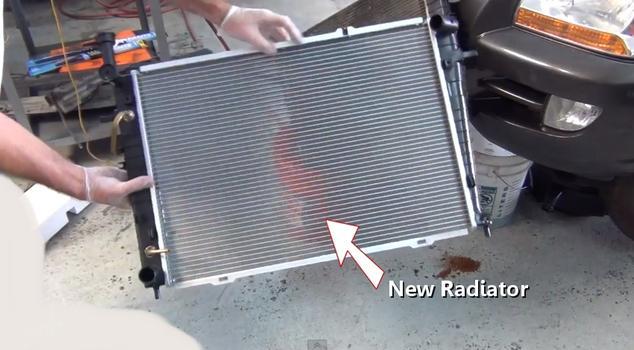I have a question about thermostats. I had ordered a Motorad 422-190 thermostat a while back and just put it into my car along with a new water pump. My mechanic warned me that these types of thermostats allow the car to get a little too warm, but then the temperature eventually goes down. Well, he was right, that's exactly what's happening. My temperature gauge gets about 2/3 of the way up and holds there for a while until it finally decides to go down. From talking to him and doing some research online, it looks like there are 170-, 180- and 190-degree thermostats. Evidently this particular one is a 192-degree thermostat. Should I switch to a low temperature / 170-degree thermostat so that it opens sooner and doesn't allow my engine to get so warm? I do understand that there's a risk of an engine running too cold all the time causing extra wear. But in this case, I would say it's definitely getting too warm before the thermostat opens up.
Thanks,
Adam
Thursday, September 22nd, 2022 AT 8:13 PM


